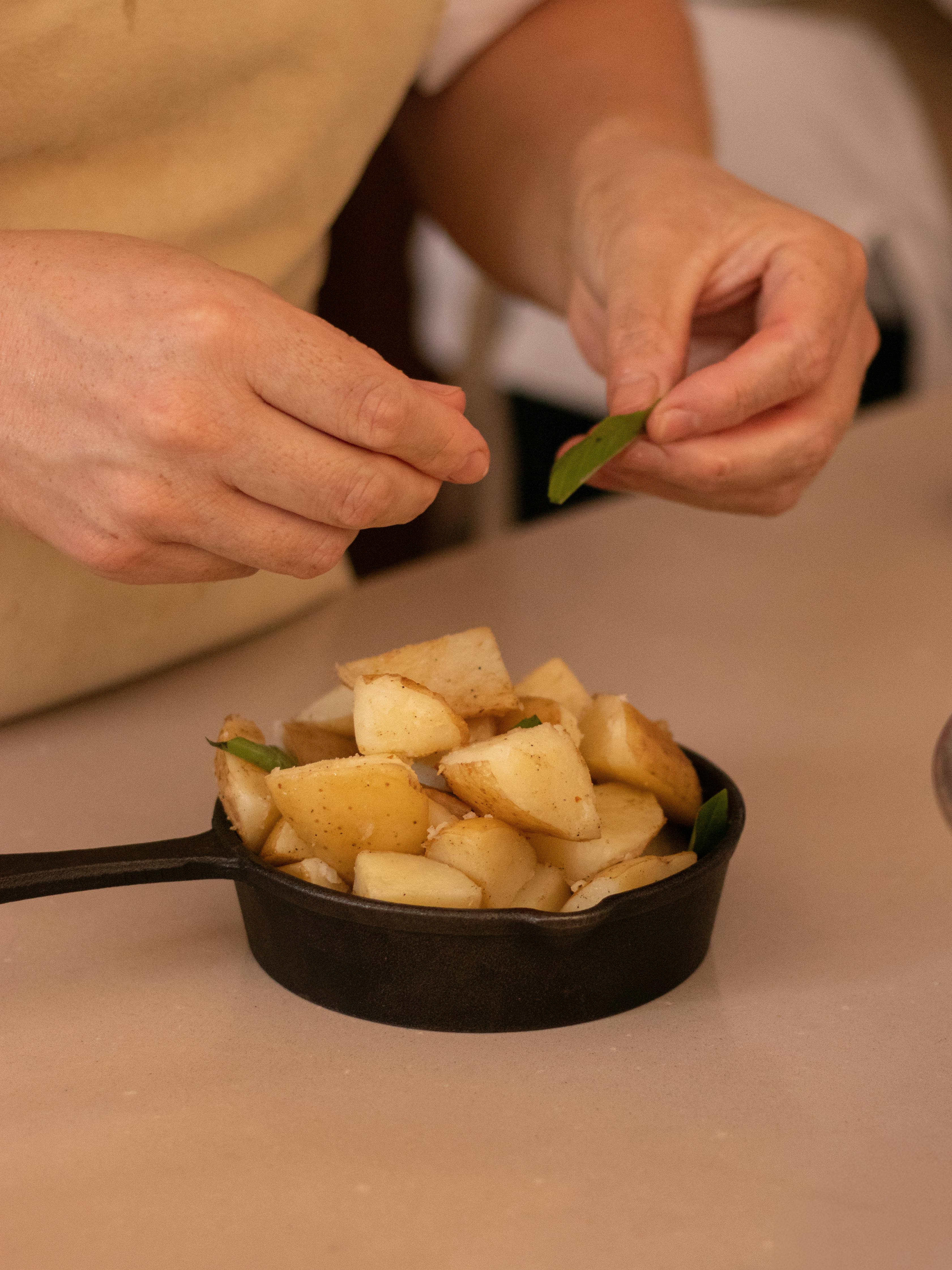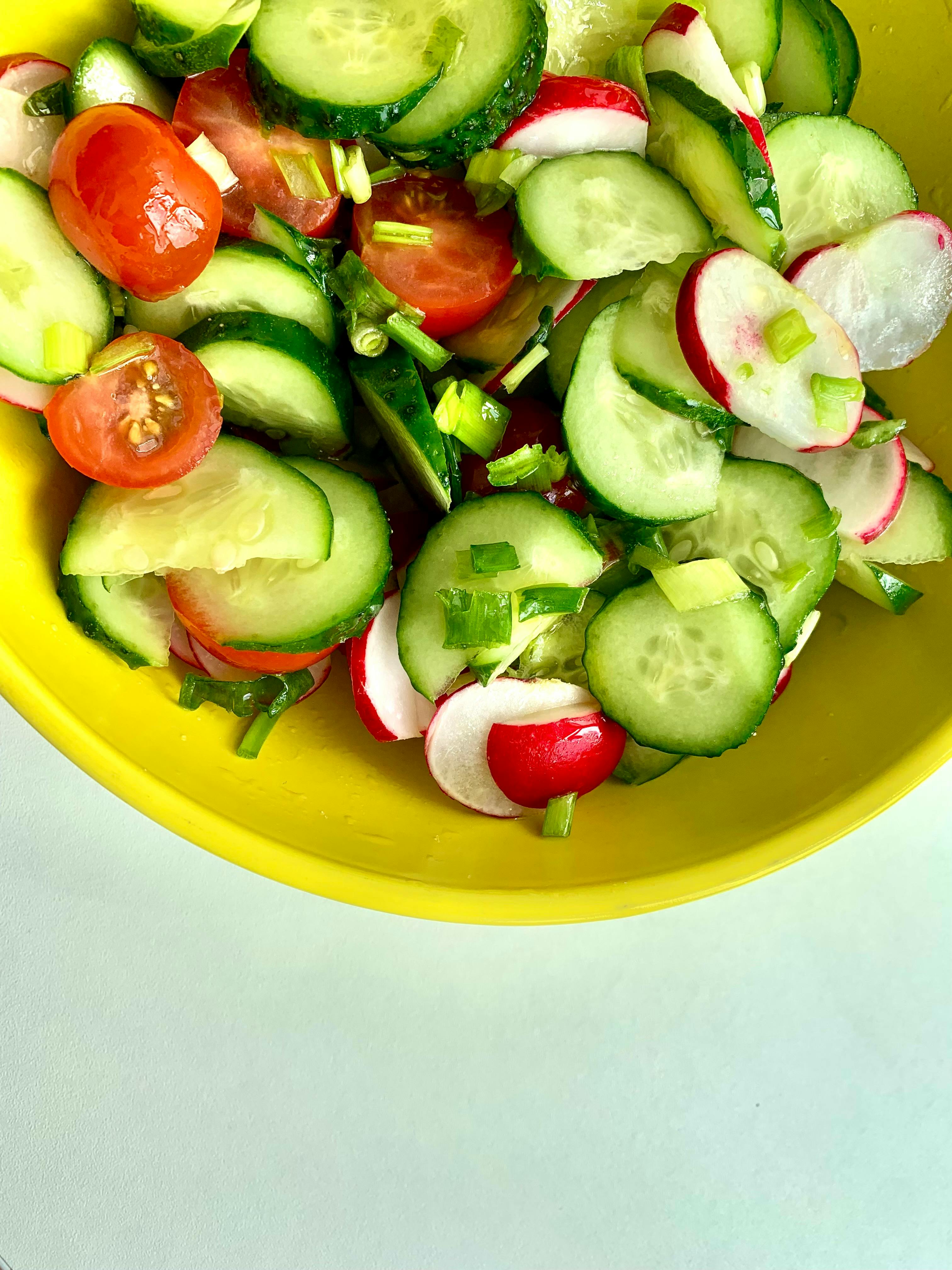Swordfish Puttanesca Recipe: A Flavorful Mediterranean Delight
If you’re looking to add a bit of excitement to your dinner plate, the swordfish puttanesca recipe is an excellent choice. This Mediterranean-inspired dish brings together fresh swordfish with the bold, tangy flavors of a classic puttanesca sauce. Whether you’re a seasoned chef or a beginner in the kitchen, this recipe is sure to impress your taste buds. In this article, we’ll guide you through the process of making swordfish puttanesca from start to finish, including tips for the perfect swordfish and how to achieve the ideal balance of flavors in your sauce.

Understanding the Fundamentals
The swordfish puttanesca recipe blends two distinct elements: the rich, meaty texture of swordfish and the vibrant, zesty flavors of puttanesca sauce. The dish originates from the Mediterranean, particularly Italy, where seafood plays a crucial role in traditional cuisine. Swordfish, known for its firm texture and mild flavor, pairs perfectly with the salty, briny characteristics of the puttanesca sauce, made from olives, capers, garlic, tomatoes, and anchovies.
To prepare this dish successfully, it’s important to understand the role of each ingredient. Swordfish should be cooked to perfection—firm, flaky, and slightly caramelized on the outside. The puttanesca sauce, meanwhile, is all about balancing acidity, saltiness, and savory notes. Mastering these elements will ensure a harmonious, satisfying meal.
1.1 Swordfish: The Star Ingredient
Swordfish is a dense, meaty fish that can be grilled, baked, or pan-seared. Its flavor is delicate yet rich, making it ideal for pairing with strong, bold sauces like puttanesca. When selecting swordfish, look for fillets that are firm to the touch and free from any off-putting odor. Freshness is key to achieving the best possible taste.
While swordfish is often seen as a luxury ingredient, it’s an excellent choice for a healthy, high-protein meal. Rich in omega-3 fatty acids, swordfish provides numerous health benefits, including heart health support and anti-inflammatory properties.
1.2 The Role of Puttanesca Sauce
The puttanesca sauce is what gives this recipe its bold, Mediterranean flair. A mix of tomatoes, olives, capers, garlic, anchovies, and a touch of red pepper flakes creates a sauce that is both salty and tangy with just the right amount of heat. The anchovies melt into the sauce, providing a depth of umami flavor that’s unmistakable but not overpowering.
When making puttanesca sauce, it’s important to simmer the ingredients long enough for the flavors to meld together. This ensures the sauce reaches its full potential, allowing the swordfish to absorb the savory richness of the sauce without being overwhelmed by it.
Practical Implementation Guide
Now that we’ve covered the essentials, let’s dive into the practical steps for making your swordfish puttanesca dish. This section will break down the process into manageable steps, ensuring that even novice cooks can achieve impressive results.

2.1 Actionable Steps
- Step 1: Prepare the Swordfish – Start by seasoning the swordfish fillets with salt, pepper, and a drizzle of olive oil. Heat a pan over medium-high heat and cook the fillets for about 4-5 minutes on each side until golden brown and cooked through. Set the fish aside to keep warm.
- Step 2: Make the Puttanesca Sauce – In the same pan, add a bit more olive oil and sauté garlic, anchovies, and red pepper flakes for 1-2 minutes. Add chopped tomatoes, olives, and capers, and let the sauce simmer for 10-15 minutes, stirring occasionally to ensure everything combines evenly.
- Step 3: Combine and Serve – Once the sauce is ready, gently place the cooked swordfish back into the pan with the sauce, allowing the fish to soak up some of the flavors. Serve hot with a garnish of fresh herbs and a squeeze of lemon juice for added brightness.
2.2 Overcoming Challenges
While the swordfish puttanesca recipe is relatively simple, there are a few common challenges that you may encounter along the way. Here are some tips to help you overcome them:
- Overcooked Swordfish: Swordfish can easily become dry and tough if overcooked. Keep an eye on the cooking time and ensure the fillets remain moist and tender.
- Balancing Flavors: If your puttanesca sauce is too salty, try adding a bit of sugar or honey to balance out the acidity. Adjust the seasoning to your liking as you go.
- Anchovies: If you’re not a fan of anchovies, you can reduce their amount or substitute them with a bit of fish sauce for a similar umami flavor.
Advanced Applications
For those looking to take their swordfish puttanesca recipe to the next level, there are several advanced techniques and variations you can try. These will add more depth and complexity to the dish, elevating it for special occasions or simply for an enhanced dining experience.

3.1 Grilled Swordfish for Added Flavor
While pan-searing is a great way to cook swordfish, grilling it can impart a smoky, charred flavor that adds another layer of complexity. To grill swordfish, brush the fillets with olive oil and grill for 3-4 minutes per side. This technique works particularly well when serving swordfish puttanesca with a side of grilled vegetables or a fresh salad.
3.2 Adding Pasta for a Heartier Meal
If you prefer a heartier version of this dish, try serving the swordfish puttanesca over pasta. Spaghetti or linguine are excellent choices that complement the sauce’s texture and flavor. To make this version, simply cook the pasta according to package instructions, then toss it with the prepared puttanesca sauce before adding the swordfish on top. This creates a deliciously filling Mediterranean-style meal.
Future Outlook
The world of seafood recipes is ever-evolving, with new techniques, ingredients, and trends constantly emerging. As the demand for sustainable and healthy eating grows, dishes like swordfish puttanesca are becoming more popular. With its combination of healthy fats from swordfish and the vibrant, nutrient-dense ingredients in the puttanesca sauce, this dish is a great choice for the modern, health-conscious cook.
In the coming years, we can expect even more emphasis on sustainable sourcing of seafood and plant-based alternatives to traditional seafood dishes. As a home cook, exploring these options and staying updated on the latest food trends will allow you to continue innovating with your favorite recipes.
Conclusion
In conclusion, the swordfish puttanesca recipe is a delightful combination of fresh ingredients, bold flavors, and a simple cooking method that anyone can master. By understanding the fundamentals of swordfish and puttanesca sauce, you’ll be able to create a meal that impresses guests and satisfies your craving for something delicious and healthy.
Next time you’re planning a meal, consider trying this recipe. It’s perfect for both casual weeknight dinners and special occasions, offering a taste of the Mediterranean right at your dining table. Happy cooking!
Frequently Asked Questions
- Q: What can I substitute for swordfish? If you can’t find swordfish, you can use other firm, white fish like tuna, halibut, or mahi-mahi.
- Q: Can I make the puttanesca sauce ahead of time? Yes, the sauce can be made in advance and stored in the refrigerator for up to three days.
- Q: How long does it take to cook swordfish? Swordfish typically takes 4-5 minutes per side to cook through, depending on the thickness of the fillet.
- Q: Is this recipe suitable for meal prepping? Absolutely! Both the swordfish and puttanesca sauce can be cooked ahead of time and stored for easy meal prep.
- Q: Can I make the puttanesca sauce spicier? Yes, if you prefer a spicier sauce, you can increase the amount of red pepper flakes or add a fresh chili pepper.
- Q: Can I serve swordfish puttanesca with a side of rice? Yes, serving this dish with rice is a great alternative to pasta and makes for a lighter meal.
- Q: Is swordfish puttanesca gluten-free? Yes, as long as you avoid serving it with pasta that contains gluten, this dish is naturally gluten-free.
